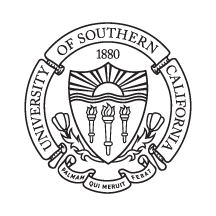Digital Redlining and the Endless Divide: Philadelphia’s COVID-19 Digital Inclusion Efforts
Abstract
The COVID-19 pandemic precipitated attention to the public consequences of digital exclusion and to local, state, and federal emergency digital inclusion efforts. In this case study, we examine private sector, municipal government, and nonprofit efforts to close the divide during the pandemic in Philadelphia, which has one of the worst urban connectivity rates in the United States. Drawing on news accounts, policy documents, and interviews with city staff, we assess Philadelphia’s digital inclusion efforts during the pandemic. Our findings show that inclusion efforts faced challenging logistics, limited data on the unconnected, funding concerns, and sometimes pushback from Internet service providers (ISPs). The latter were by necessity crucial partners in connectivity efforts but failed to address basic digital access gaps without significant public and governmental pressure, signaling the need for public alternatives. Our analysis foregrounds the disconnect among well-resourced ISPs, connectivity gaps marked by digital redlining in the poorest communities, and political constraints on robust public broadband policy.
Keywords
COVID-19, digital divide, digital inclusion, digital redlining, municipal broadband










